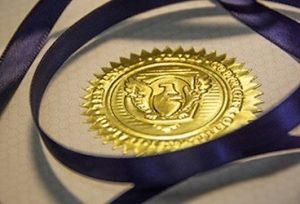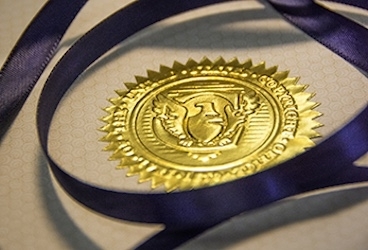Parody is one example of how copyright law’s fair use doctrine protects free expression. According to the Oxford English Dictionary, a parody is “an imitation of the style of a particular writer, artist, or genre with deliberate exaggeration for comic effect.” In our modern culture, parody exists in a range of media, including art, literature, television, and music. Some famous examples of parody in film include Mel Brooks’ Young Frankenstein and Austin Powers. Saturday Night Live and Weird Al Yankovic also rely on parody.
Fair use – which protects parody – is a legal doctrine that promotes freedom of expression by allowing the public to use copyrighted works without the permission of the copyright holder. The statutory framework for fair use is found in Section 107 of the Copyright Act. Section 107 enumerates the following four factors, which must be evaluated to determine whether a use is fair:
- Factor 1: Purpose and character of the use, including whether the use is of a commercial nature or is for nonprofit educational purposes
- Factor 2: Nature of the copyrighted work
- Factor 3: Amount and substantiality of the portion used in relation to the copyrighted work as a whole
- Factor 4: Effect of the use upon the potential market for or value of the copyrighted work
No single factor determines a fair use outcome. Instead, all four factors must be considered using a balanced approach.
The Supreme Court in Campbell v. Acuff-Rose Music, Inc. discussed whether parody created for a commercial purpose was allowed under the fair use doctrine. In this case, a music publisher and co-owner of Roy Orbison’s “Oh, Pretty Woman” rock song was parodied in 1989 by the hip hop group 2 Live Crew. Listen to and compare the original Orbison song with 2 Live Crew’s version. What similarities did you notice? What are the differences between the two songs?
2 Live Crew used lyrics and similar musical elements that were in Orbison’s song, but does this mean that 2 Live Crew infringed Orbison’s copyright? The Supreme Court said no, explaining that 2 Live Crew’s lyrics departed substantially from Orbison’s lyrics, and the hip hop group produced otherwise distinctive music. The Supreme Court further explained that “[e]ven if 2 Live Crew’s copying of the original’s first line of lyrics and characteristic opening bass riff may be said to go to the original’s “heart,” that heart is what most readily conjures up the song for parody, and it is the heart at which parody takes aim.”
This latter point is important to consider because the fair use doctrine – specifically, the third factor that considers the amount and substantiality of the work – typically disfavors the copying of the “heart” of a copyrighted work without the copyright holder’s permission. In the case of parody, however, copying and parodying the heart of a work is a legitimate use.
In reaching its conclusion, the Supreme Court methodically considered all four fair use factors. Even though the first factor of the fair use analysis favors educational, nonprofit uses of copyrighted works over commercial, for-profit uses, the Supreme Court noted that the more transformative a work is, the less that other factors, such as commercialism, will weigh against the analysis. Was 2 Live Crew’s song transformative? In other words, did it alter the original work with new meaning, expression, or message?
Fair use allows creators to critique, criticize, and comment on a copyrighted work, and parody is one example of how creators use humor and free expression to imitate a work without running afoul of copyright infringement.
Other resources:
- Campbell v. Acuff-Rose Music, Inc., 510 U.S. 569 (1994)
- Code of Best Practices in Fair Use for Academic and Research Libraries
- The Copyright Office’s Fair Use Index to find case law on fair use.
For more information, contact Agnes Gambill at gambillab@appstate.edu

